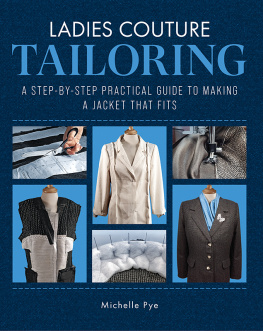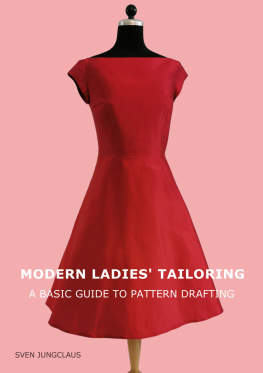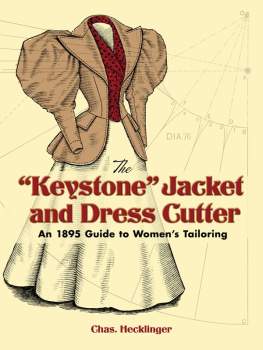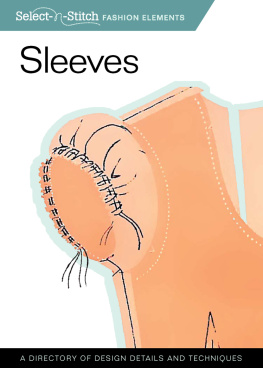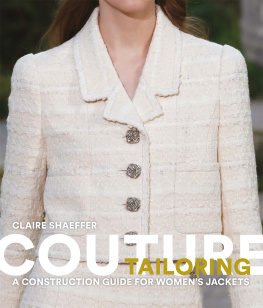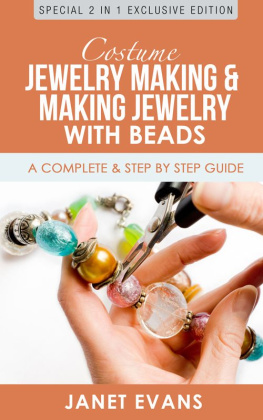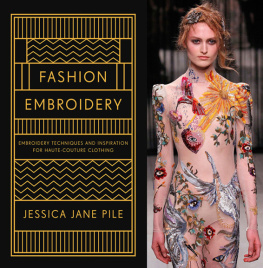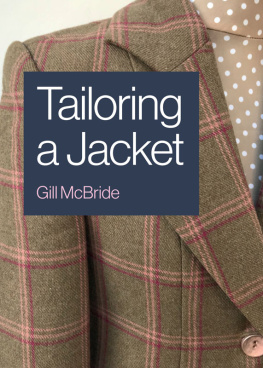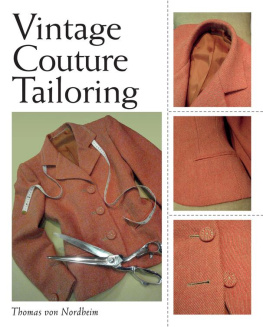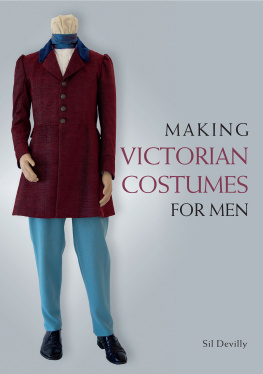Page List

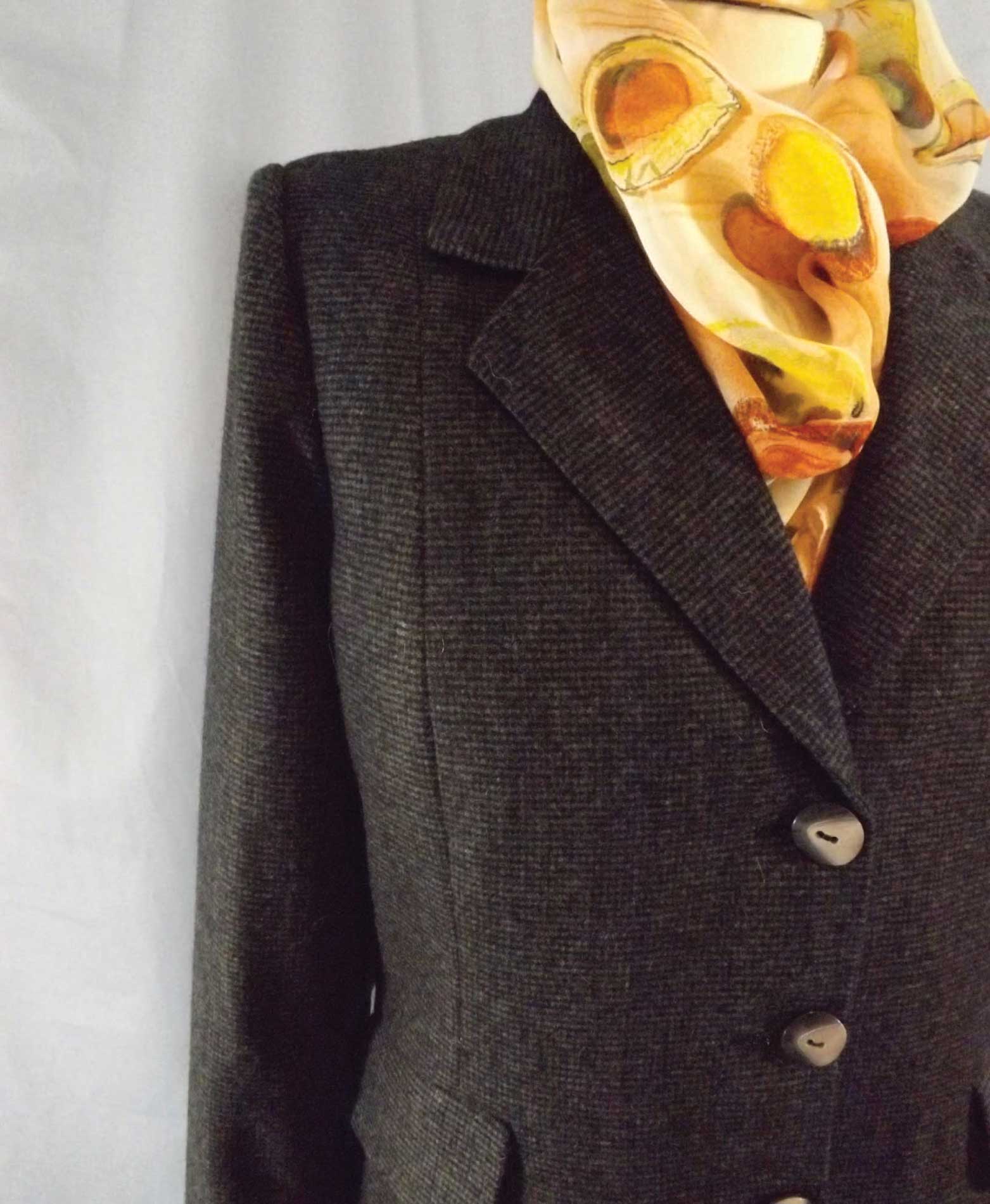

First published in 2021 by
The Crowood Press Ltd
Ramsbury, Marlborough
Wiltshire SN8 2HR
www.crowood.com
This e-book first published in 2021
Michelle Pye 2021
All rights reserved. This e-book is copyright material and must not be copied, reproduced, transferred, distributed, leased, licensed or publicly performed or used in any way except as specifically permitted in writing by the publishers, as allowed under the terms and conditions under which it was purchased or as strictly permitted by applicable copyright law. Any unauthorised distribution or use of this text may be a direct infringement of the authors and publishers rights, and those responsible may be liable in law accordingly.
British Library Cataloguing-in-Publication Data A catalogue record for this book is available from the British Library.
ISBN 978 1 78500 917 4
Cover design: Sergey Tsvetkov
Photographs by Michelle Pye and Wendy Pye.
All products used in this book were
purchased from:
English Couture Company
18 The Green
Syston
Leicestershire
LE7 1HQ
www.englishcouture.co.uk
Dedication
This book is dedicated to my late parents, Jack (John) and Iris Pye. Without their amazing support throughout the years I would not be where I am today. Secondly, it is dedicated to my sister Wendy. Without her unending patience and organizational and photographic skills, this book would never have been finished.
Introduction
Tailoring is an art but its also a dying trade. Those were the words of a local tailor to my mother when she told him that I had a job in a tailors workroom in my home town of Leicester.

He was partly right, of course; tailoring is an art, and a properly tailored jacket is something quite beautiful. I have a theory about the second part of his statement. Tailors are very secretive people and will not pass on their skills willingly. Only the people working in their workroom will be privileged to any information and even then, only the bits they need to complete their jobs. Tailors also try to make things extremely complicated to the outside world, so people think its too hard and give up before they get the chance to give it a go.
The way fashion has gone recently doesnt help either. There are fewer and fewer reasons to wear tailored clothes, but I always feel so good when Im wearing a jacket or coat that I have made. I enjoy every minute spent sewing a jacket or coat, even the boring but vital fitting stages. The satisfaction of saying I made it when someone asks, Where did you get that jacket? is second to none.
The most common question Im asked is, What is the difference between a dressmaker and a tailor?
A dressmaker will sew together the pieces of fabric and trust the pattern will create the shape.
A tailor will cut the pattern pieces from the fabric and mould them to the shape required.
There are many ways to tailor a jacket and if you went into each tailors shop on Savile Row in London, you would come across many ways of doing the same thing. Each tailor would swear his method is the only way of doing it.
This book contains the methods I learnt in my seven years in a gentlemens tailoring workroom and the adaptions I have made to that method whilst making for my mainly female customers and teaching students. I have broken down each stage into easy bite-size pieces, so everyone who has dressmaking skills can have a go and make a perfectly wearable jacket.
I know that it will fit you better and be made of a better-quality fabric and that the making-up will be of a higher standard than anything you will buy in the shops.
Another question Im asked is, How long does it take to make a jacket? Unless you are working in the workrooms with a deadline over you, I usually say, I love every minute I spend tailoring so enjoy it, however long it takes.
I hope this book will inspire you to have a go at making a jacket and that it gives you as much enjoyment as I have every time I make and wear a handmade jacket.
Note 1:
I have given the measurements in this book in both metric and imperial. The conversion of these measurements is not precise. You can use either system of measurement but dont start out using one system and move to the other or your measurements wont be accurate.
Note 2: Instructions are for right-handed readers but with extra information for left-handed ones. If you are left-handed it may sometimes be helpful to hold the illustration up to a mirror to check what you are doing.
Chapter 1
Equipment and Materials
I have listed the equipment I use for tailoring, some of which you will already have for dressmaking projects. You can tailor quite successfully if you have, for instance, different pins or needles, but I find the items listed make things easier.
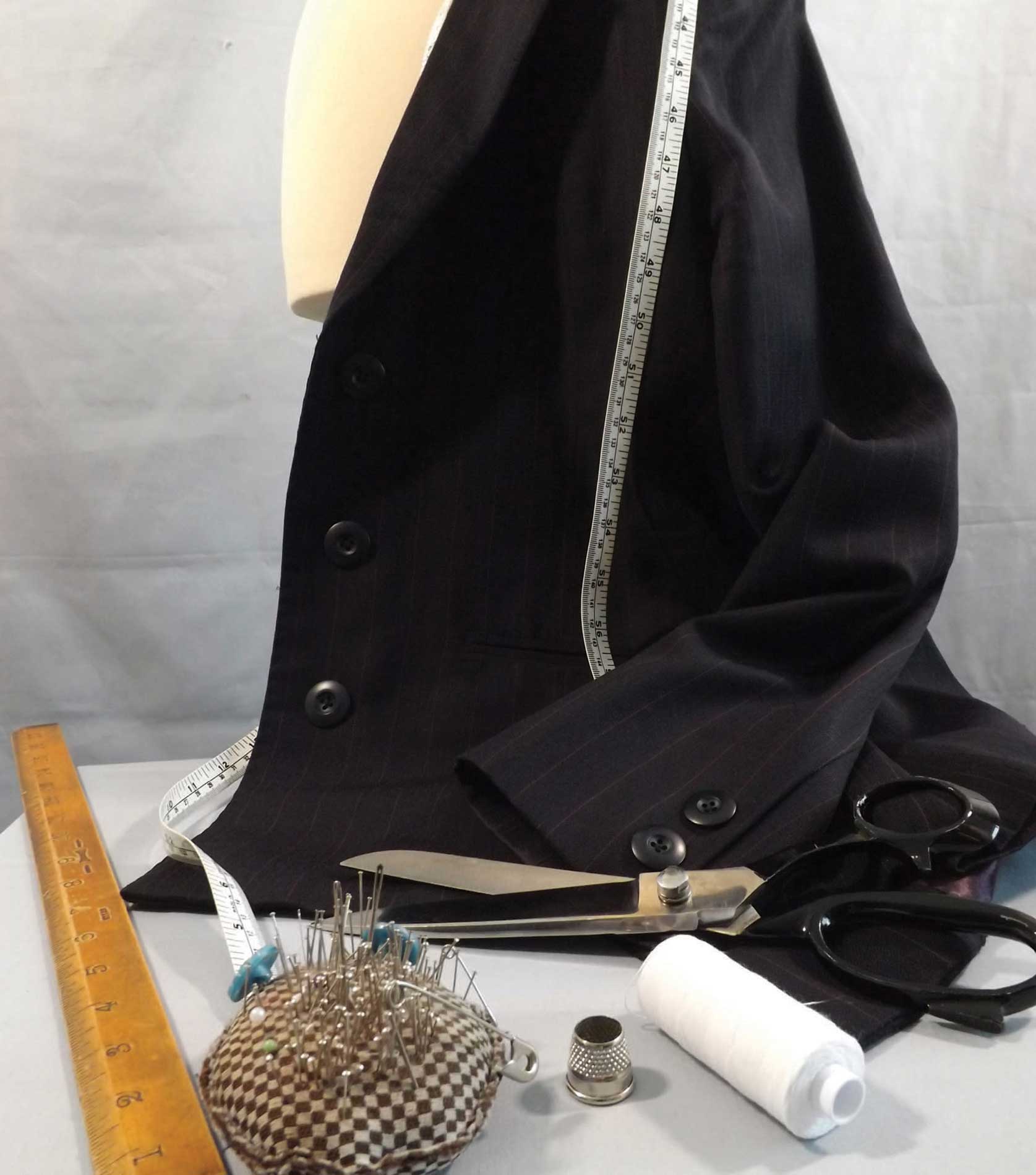
Equipment
I use extra-long extra-fine pins for all my sewing; they can be used with most weights of fabric. With a medium-weight tailoring cloth they are perfect, as the points are very sharp and glide through the fabric when pinning on the pattern, and the extra length of the pins enables you to easily pin enough fabric to secure your seams when sewing.
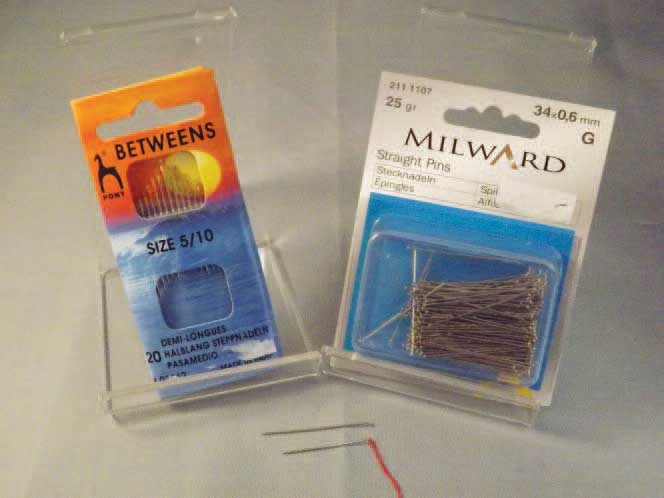
Pins and needles.
Betweens needles are known as tailors needles. They are noticeably short; some are only about 3.1cm (1in) long. A tailor likes to use these needles as the thimble used has no end in it (see below); with this type of short needle, you dont have to bend your finger back as far to push it through as you would with a normal-length needle.
Have a go with these needles before you dismiss them. Many of my students have been initially very way of using needles this small but, after trying them out, have switched to them and wont use anything else.
I use a tailors thimble; this type has no top on it. This is because a tailor doesnt push the needle through with the top of the finger but with the side of it. You push the needle through the cloth using the area close to your nail, thus using the strongest part of the finger.

Thimbles.
Many of my students say they cant use a thimble. As soon as the thimble goes onto the middle finger, they automatically use another one for sewing. The way I was taught to get used to sewing with a thimble was to get a big piece of canvas with a couple of layers of padding placed on top of it; I was then shown how to pad stitch. I covered the entire piece of canvas with small stitches all the way across it, forcing myself to use the thimble. If you do this for a couple of hours, using the thimble becomes second nature; I cant sew without one now. If you dont use a thimble and you do a lot of tailoring, you will get a very sore finger.

